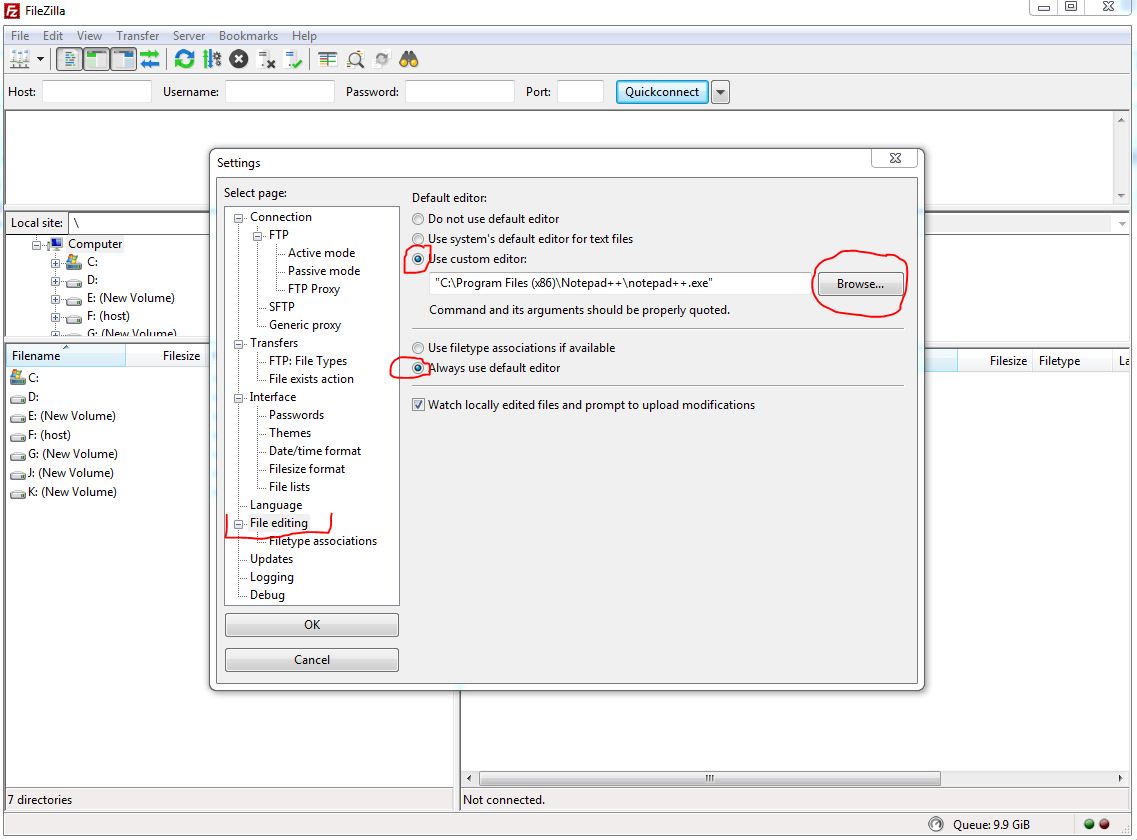

If the code includes the necessary headers for a plug-in GUI then the GUI is created and the full graphical plug-in window pops up like any installed plug-in. Pressing the Start Script button will attempt to execute the code in the Code panel. The final two buttons on the menu bar are for running and stopping scripts (“Start Script” and “Stop Script” respectively). There are also "Copy to clipboard, Cut to Clipboard, Paste from Clipboard and “Select All Text” options to provide convenient exchange of text between the workbench and other editors. The workbench menu bar provides the usual “New, Open, Save, Save As” options. The default type is “generate”.Īs with Nyquist plug-ins, the “S” parameter only contains the selected audio data when the plug-in type is set to process or analyze. The plug-in type is set by adding the usual type header at the top of the code. Generate, Process and Analyze type plug-ins are supported. The Workbench interface is a modeless window, so it can remain open while doing other things in Audacity.

Both panels are resizeable, which is a significant improvement over the small and non-resizeable window in the Nyquist Prompt effect. By default they are side by side, though I prefer to use them one above the other (View > Split Horizontally). I believe that it was originally written just as a demonstration / proof of concept for Audacity modules, but nevertheless I find it to be a useful tool. Nyquist Workbench provides a graphical environment for writing Nyquist plug-ins. This is not a full description, but highlights most of the main features of the Nyquist Workbench. If you build Nyquist Workbench then next time that you build Audacity, perhaps you could tell us. I don’t know how accessible Nyquist Workbench is - I don’t have a screen reader installed and Audacity accessibility is badly broken on Linux It would be nice if Steve could pass on some of his experiences to us. I’d rather be interested which advantages the nyquist workbench can provide for us as developers.


 0 kommentar(er)
0 kommentar(er)
